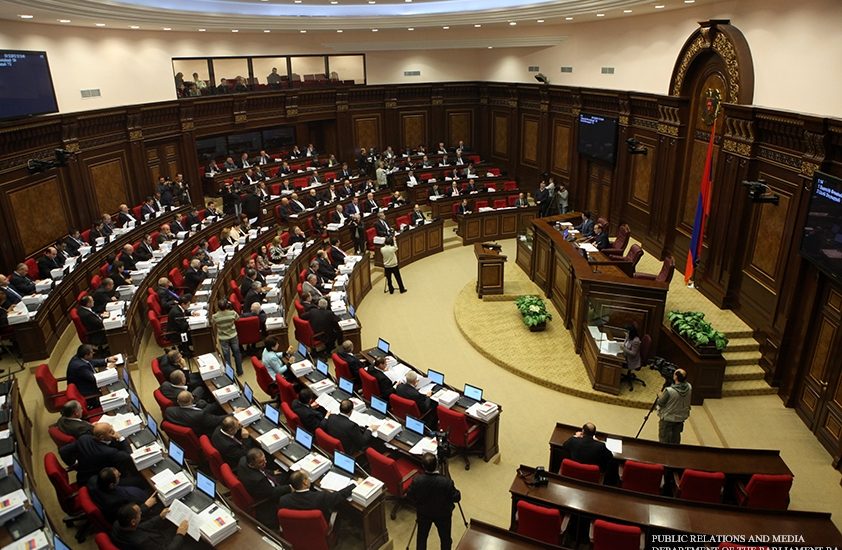- 17 May, 2017
- Eurasian Economic Union

Today it became clear that there will not be a Standing Committee on Protection of Human Rights and Public Affairs in the forthcoming 6th convocation of the National Assembly. Committee closing news once again proved to be the start of a period of dramatic change for human rights and democracy in Armenia. Naturally, the changes are negative.
Different Times
The Committee was established in 2008, in accordance with Armenia’s commitments under the UN International Covenant “On Civil and Political Rights.” Note that human and civil rights and freedoms, children’s rights, issues regarding public unions, religious and national minorities, etc. were included in the scope of the activities of the Committee.
The year of 2008, when the Committee was established, was an important moment for Armenia: Eastern Partnership initiative was being formed by the European Union, Armenia was keen on establishing closer ties with the West, expressing willingness to make certain reforms within the country to promote human rights and democracy. However, this trend was short-lived and only five years later, in 2013, Armenia turned towards the Customs Union and later the Eurasian Economic Union (EAEU). Today, only two and a half years after joining the EAEU, Armenia takes determined steps to resemble the other, more authoritarian members of that Union, again in a negative way.
The Other EAEU States
Naturally, Standing Committees on Human Rights do not exist in other countries of Eurasian Economic Union. In Russia, for example, Russia’s Commissioner for Human Rights may apply to the State Duma with a proposal to create an ad hoc committee, but there is no such permanent committee in the Russian parliament. Moreover, the Acting Commissioner Tatyana Moskalekova, assuming this post in 2016 , made a remarkable statement, noting that she plans to focus her main attention on issues related to labor relations and the rights of Russian citizens abroad. She stated that she is going to fight against “the use of human rights as a tool by the West.”
Meanwhile, Belarus, Kazakhstan and Kyrgyzstan are not subject to the decisions of the European Court of Human Rights at all, while Russia’s legislative changes allow the Kremlin to approach them with reservations.
The question arises: why did the new convocation of Armenia’s National Assembly decide to dissolve this Committee? Certainly not for the improvement of Armenian citizens’ rights. The dissolution of the Standing Committee on Protection of Human Rights and Public Affairs is certainly another step towards autocratic, not democratic governance system in Armenia. This decision constitutes a part of the recent decline in the overall democratic process at the background of Armenia’s membership to the Eurasian Economic Union.
Becomes a Pattern
Note that the Economist Intelligence Unit and Freedom House international research organizations have recorded a democratic regression in Armenia this year. Year after year, more peaceful demonstrators are arrested in Armenia, there is a steady decline in press freedom and public confidence in the elections.
Against this background, the dissolution of Standing Committee on Protection of Human Rights and Public Affairs is seen as a pattern. In the National Assembly of a country where Human rights are less and less respected every year, a Standing Committee on Protection of Human Rights and Public Affairs is “extra.”
Anna Pambukhchyan
Union of Informed Citizens




